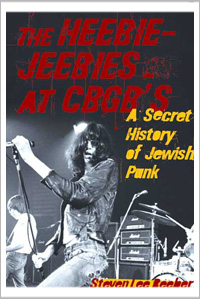By Rick Kaempfer
I knew a few things about Leo Durocher before I cracked open the pages of Nice Guys Finish Last (just re-released in paperback by University of Chicago press).
I knew that he was such an irritant as a player and manager in the 1930s and 1940s that he once provoked Cubs pitcher Hi Bithorn to throw a pitch into the Brooklyn Dodgers dugout.
I knew that his language was so foul it would have made Bobby Knight blush.
I knew that he was essentially an unlikable guy. When Vin Scully, a man who never has a harsh word for anyone, heard Leo took a job in Japan he said: “It took the U.S. 35 years to get revenge for Pearl Harbor.”
But most importantly, I knew Leo Durocher was the manager and wore No. 2 for the team of my childhood; the late 60s and early 70s Chicago Cubs.
What I didn’t know about Leo Durocher was his almost sociopathic motto: “Do whatever you feel like doing whenever you feel like doing it, and everything will turn out just fine.”
I learned that in Nice Guys Finish Last.
Posted on August 25, 2009



